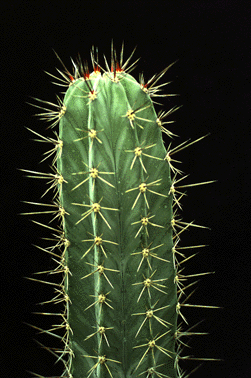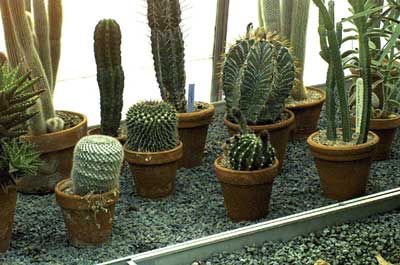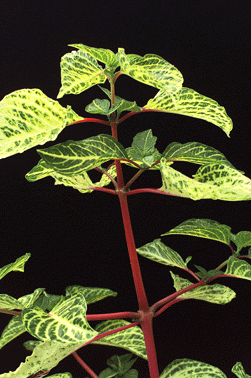Subclass Caryophyllidae
A subclass of 11000 species, containing several unique features. Nine-tenths of the subclass belong to the single order Caryophyllales, which produce pigments called betalains instead of the anthocyanins found in other flowering plants. These can give a deep red to violet colour, e.g. the colour of beetroot. Their 'petals' seem to be modified sepals or stamens, suggesting that the ancestral group lacked petals. Also, the ancestral group may have been herbaceous, as the Caryophyllidae are deficient in woody growth. Other distinctive features of the subclass include a different origin of the seed storage tissue ('perisperm' instead of 'endosperm'), and a unique type of plastid in the phloem.
Members of the Caryophyllidae are familiar; the goosefoot family Chenopodiaceae include spinach and sugar beet, as well as weedy species of Chenopodium, and the halophytes Atriplex, Salicornia, and Sueda found on shorelines and saltmarshes.
 Cactaceae: Cactus family
Cactaceae: Cactus family
Below: There is a collection of cacti in the Tropical Glasshouse.
The cacti are native to temperate and tropical regions of the New World, especially in warm, dry places. They are stem succulents protected from grazing animals by spines Right: Trichocereus. They have a widely spreading but shallow root system, to take advantage of light desert rains. They have crassulacean acid metabolism (CAM), which absorbs CO2 at night, permitting them to leave their stomata closed in the heat of the day and avoid transpiration losses.

Amaranthaceae: Amaranth family
A family of 900 species widespread in tropical and subtropical regions, with fewer members in cooler countries. The red betalain pigmentation characteristic of the Caryophyllidae can be seen (right) in Iresine herbsii.

